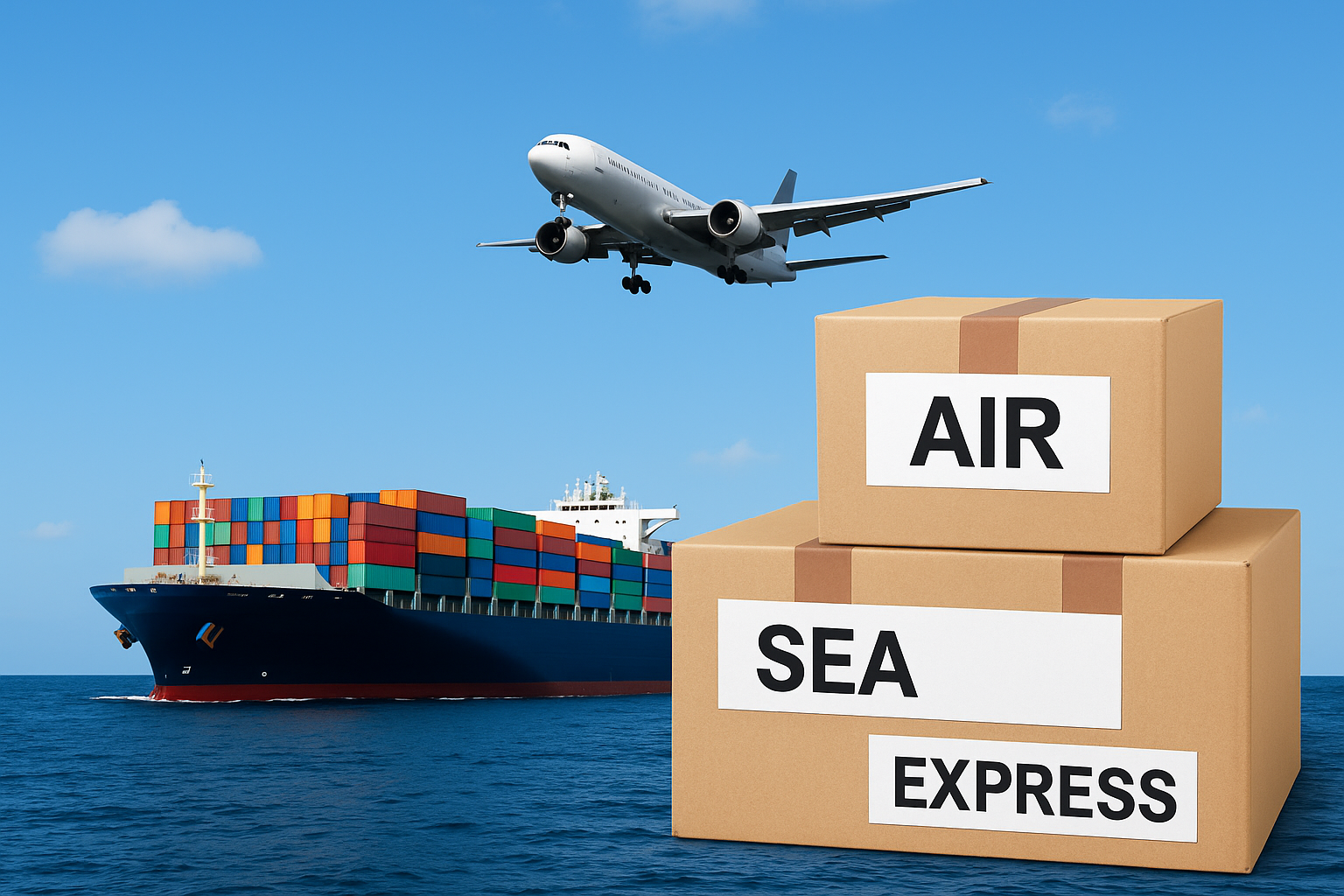
Sri Lanka has long been a hub for trade, thanks to its strategic position on major maritime routes. Today, as more businesses and individuals look outward, shipping has become a part of daily life.
For companies, shipping costs affect competitiveness in global markets. For individuals, the method chosen can influence how much they are able to send when relocating or gifting items overseas. For e-commerce sellers, the shipping option can determine whether a customer completes an order or abandons the cart.
In short, shipping choices have ripple effects that go far beyond logistics.
Air freight is the choice for speed. Goods that travel by air usually reach their destinations within days, which makes it ideal for products where time is critical — garments for a seasonal launch, medical supplies, or electronics in high demand.
Reliability is another advantage. Airlines operate on fixed schedules, which reduces the risk of long, unpredictable delays. Tracking systems also make it easier to monitor shipments in real time.
But with these benefits comes a trade-off: higher costs. For large or bulky goods, air freight can be difficult to justify. Still, when deadlines matter more than cost, this method can save businesses from stockouts or customers from disappointment.
Sea freight remains the backbone of global trade, and for Sri Lanka it is often the most affordable choice for moving bulk cargo. Whether it’s a household shipment of furniture or a container of raw materials, the per-unit cost of shipping by sea is usually lower than by air.
Colombo Port is a key advantage, offering connections to many major destinations. For exporters, sea freight supports large-scale operations, while for individuals, it makes relocating entire households possible without breaking the bank.
The trade-off, of course, is time. Sea freight is slower and subject to port congestion or weather delays. Yet when urgency is not an issue, this remains the most budget-friendly option.
Courier services bring another dimension: convenience. These services are designed to handle smaller shipments with maximum ease. They often provide door-to-door delivery, complete with pick-up, tracking, and simplified customs clearance.
For individuals sending gifts abroad, small businesses sending samples, or e-commerce sellers shipping individual orders, couriers are often the most practical choice. Although the per-kg cost is higher than sea freight, the simplicity and speed can make them the most efficient overall.
Another advantage is reduced paperwork. Many courier companies manage customs declarations on behalf of their clients, making the process less intimidating for those unfamiliar with regulations.
It’s not just about air, sea, or courier. Several other factors can quietly raise or reduce the total shipping cost:
These hidden elements mean that two shipments of the same size may end up costing very different amounts depending on preparation and timing.
To make this clearer, imagine three different situations:
Each choice is different, but in every case it’s about matching the method to the need.
When deciding on the cheapest way to ship, three questions matter most:
The cheapest method isn’t just about the lowest price tag. It’s about choosing the option that avoids hidden costs, wasted time, and unnecessary stress.
There’s no single answer to the question, “What is the cheapest way to ship from Sri Lanka?” The right choice depends on urgency, volume, and convenience.
By understanding these trade-offs, businesses and individuals can ship smarter, protect their budgets, and enjoy smoother international connections.